Snarky Female Protagonists and Why I Read Them
 Dear Black Gate readers,
Dear Black Gate readers,
I don’t even remember what my last post was. Mea culpa, mea culpa; I was moving across the country, I was getting a job with some Beluga whales, I was joining a writing group, I was traveling to places I’d never been before, I was reading other people’s fledgling novels and trying to come up with some kind — any kind! — of useful crit for them, I was writing up a storm.
(Several storms. Big magical brouhahas*, with silver clouds and dark lightning and dead swans and such.)
Woe is me, these things are hard, man! But enough of this moaning and groaning. I’m back now, see? And I’ve been reading.
You know that thing that happens when suddenly you realize how busy you’ve been because you haven’t picked up a book for the sheer pleasure of reading in a while? There are many joys in reading other people’s early drafts of things that are going to turn into magnificently faboosh final drafts, but one of the downers is that when I’m doing that, I feel guilty reading anything for fun. And I’m a fast reader; I’m just a slow dang beta-reader.
However! Last week, I found myself at the Westerly Public Library, a place of golden beauty and polished staircases, browsing. Browsing, I tell you! Do you know how that felt?
Novel.
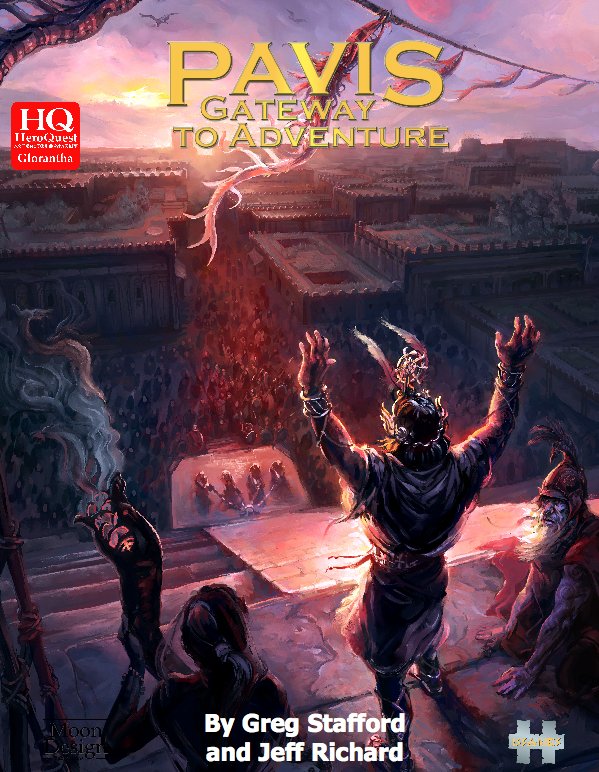
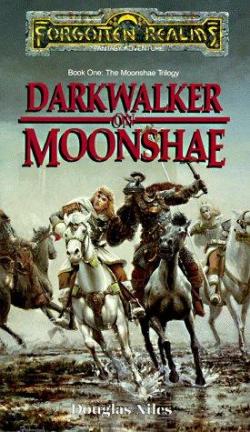
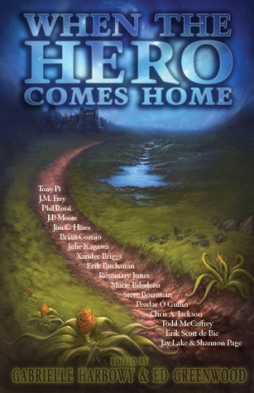 When the Hero Comes Home is an anthology from Dragon Moon Press co-edited by Garbielle Harbowy and Ed Greenwood. It’s a surprisingly thin book, given that it holds nineten stories by twenty writers (including two Black Gate contributors, Peadar Ó Guilín and Jay Lake, in collaboration with Shannon Page). Its theme is exactly what it says: the homecoming. The point where the story usually ends. I have some reservations about how the book turned out, but the idea’s intriguing: what do you find when you make it back to where you began? Has the place changed, or have you?
When the Hero Comes Home is an anthology from Dragon Moon Press co-edited by Garbielle Harbowy and Ed Greenwood. It’s a surprisingly thin book, given that it holds nineten stories by twenty writers (including two Black Gate contributors, Peadar Ó Guilín and Jay Lake, in collaboration with Shannon Page). Its theme is exactly what it says: the homecoming. The point where the story usually ends. I have some reservations about how the book turned out, but the idea’s intriguing: what do you find when you make it back to where you began? Has the place changed, or have you? The Raven (2012)
The Raven (2012)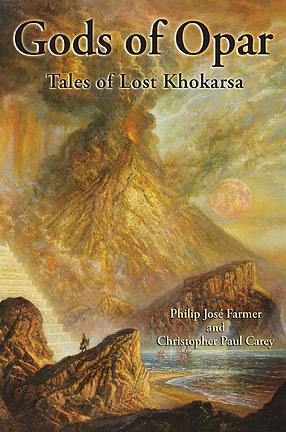
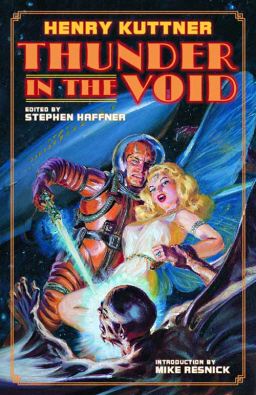
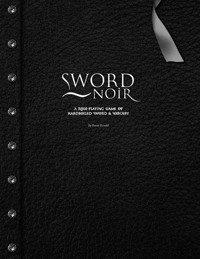 Back in 2004, a friend and I decided to
Back in 2004, a friend and I decided to 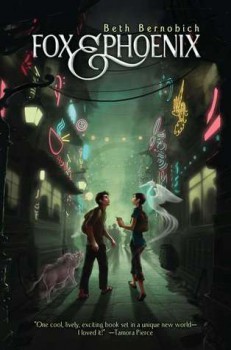 Fox and Phoenix
Fox and Phoenix No series on the best of modern Arabian fantasy would be complete without going back to the book that many credit with starting the whole trend, Alamut by Judith Tarr.
No series on the best of modern Arabian fantasy would be complete without going back to the book that many credit with starting the whole trend, Alamut by Judith Tarr.